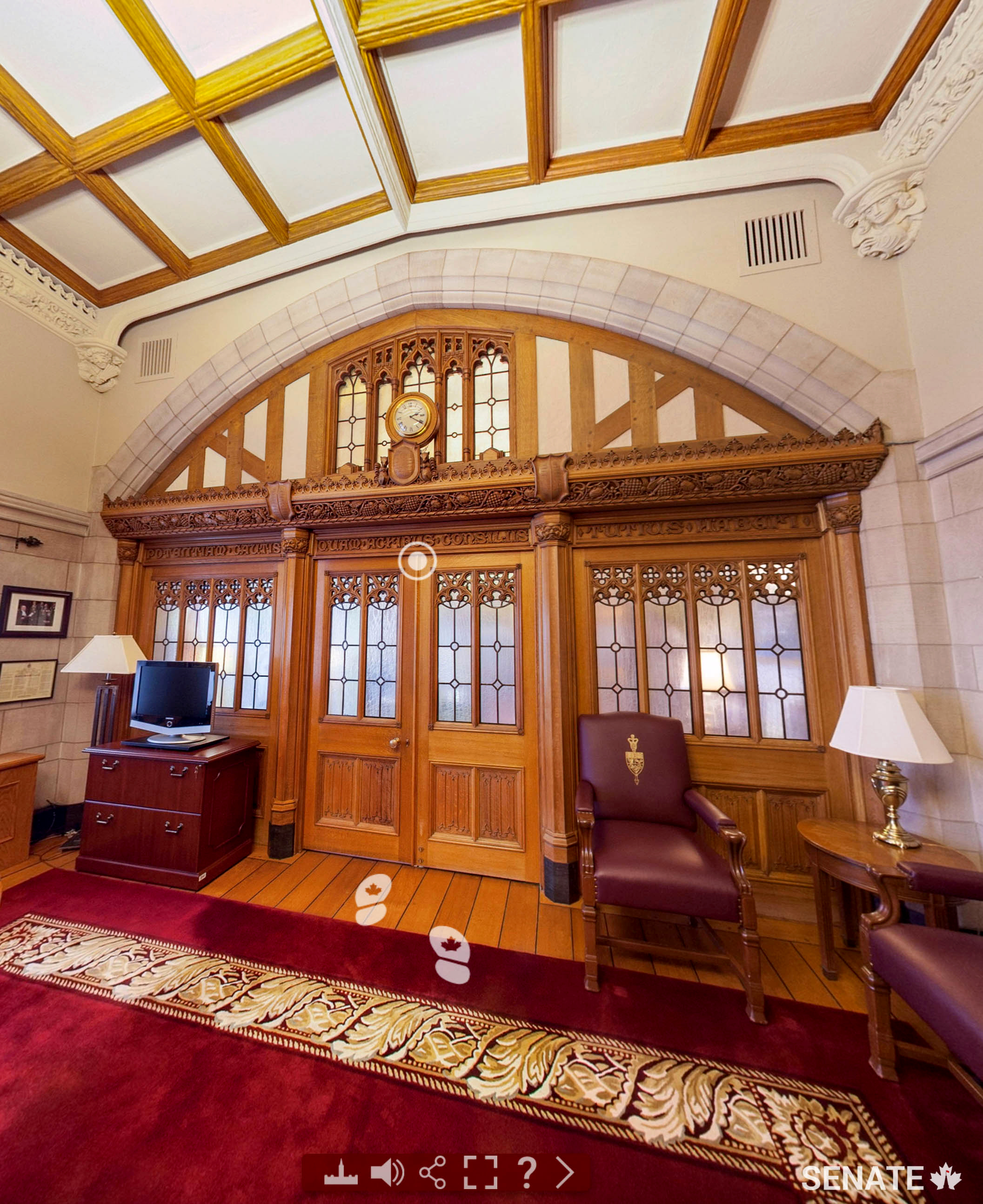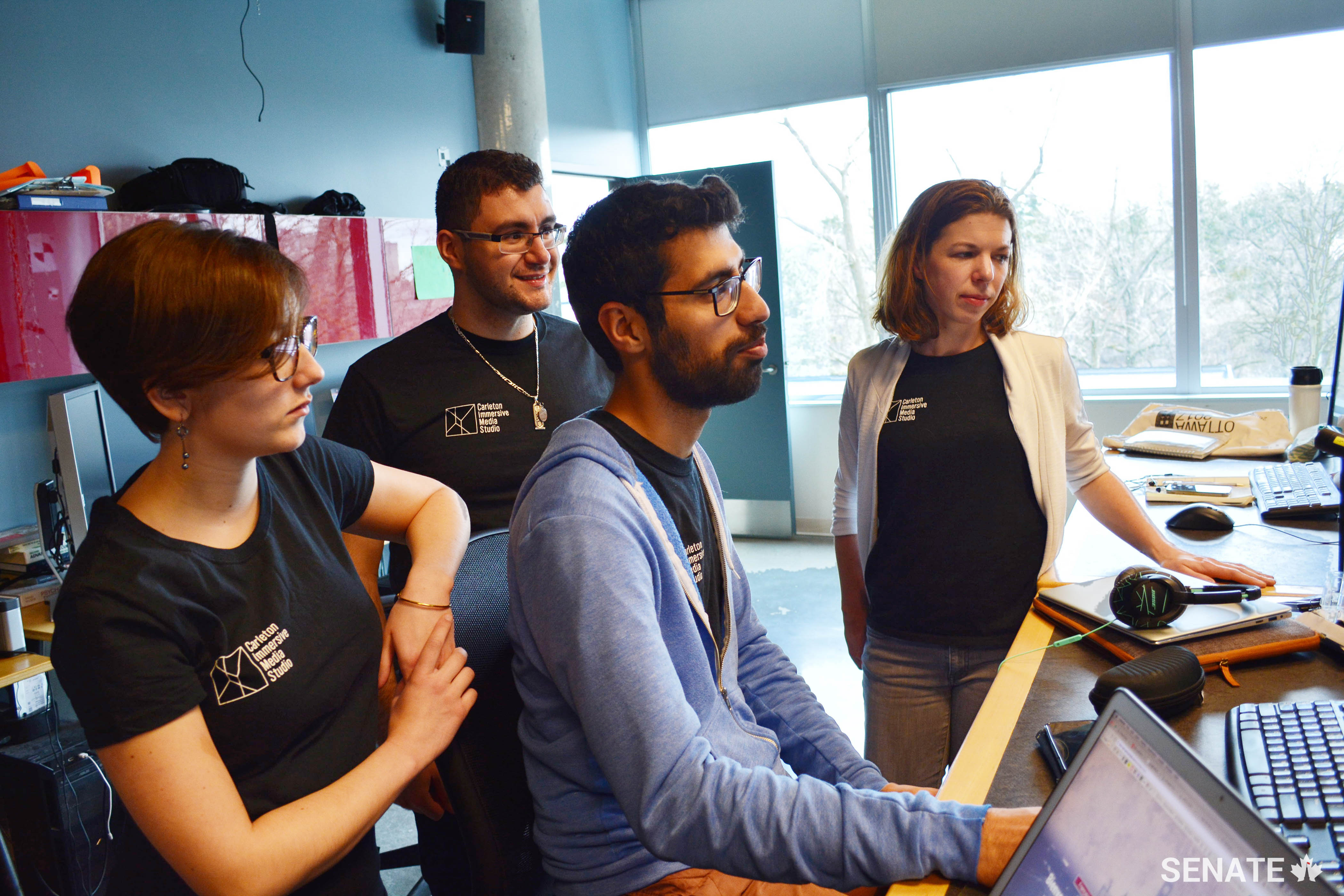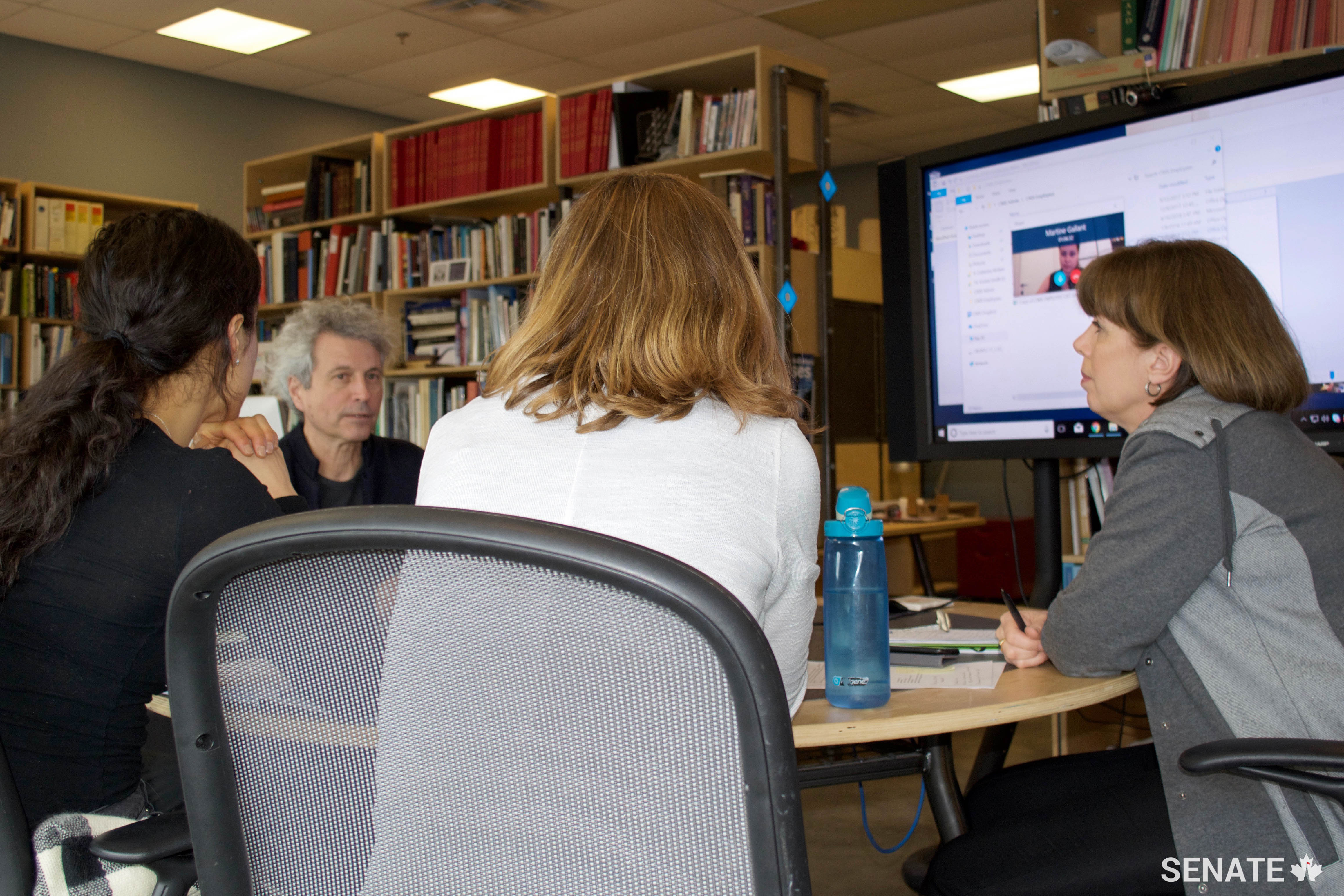Visit the hidden corners of Centre Block with the expanded Senate Virtual Tour

For over a year, Canadians have been able to explore the Senate without physically being there. The Senate Virtual Tour allows anyone — with the swipe of a mouse or the touch of a screen — to wander Centre Block and experience the art and architecture of the Senate Chamber and its surrounds.
When rehabilitation work begins on the 100-year-old building and senators move into their temporary home in the nearby Government Conference Centre, the existing chamber will be temporarily shuttered.
Despite this, Canadians will still be able to enjoy its art and architecture on their computers and mobile devices — particularly now that the Senate has launched phase two of its virtual tour. The expanded version includes the Salon de la Francophonie and the chambers of the Speaker of the Senate, which is normally off-limits to the public.

Senate Speaker George J. Furey is excited about the enhanced tour: “The Senate Virtual Tour has always been about inviting Canadians and people around the world to explore the Red Chamber firsthand,” he said.
“With this expansion, we are increasing accessibility and sharing more about the history of our Parliament.”
The virtual tour is the work of a unique laboratory within Carleton University’s Azrieli School of Architecture and Urbanism. The Carleton Immersive Media Studio (CIMS) specializes in 3-D architectural visualization. Headed by Professor Stephen Fai, its 30 faculty members and student researchers explore how digital modelling technologies can be harnessed to document heritage buildings, to advocate for their rehabilitation and to craft immersive digital storytelling experiences that convey the immeasurable value of these historical landmarks.
“One thing that we’ve been doing at CIMS for the last 10 years is taking information we gather from reality capture and trying to figure out how to leverage that information in as many ways as possible,” Professor Fai said.
“How do you present not only the architecture and the artifacts but the stories behind them in a way that engages your audience?”
Engineering master’s student and project lead Abhijit Dhanda explained the team’s process.
“We created those 360-degree panoramas by taking a series of photographs from a fixed point — up, down and at various angles,” he said. “Software finds the common points between photos and stitches them into a circular panorama. It wraps this panoramic image onto the inside of a sphere, creating the illusion that the viewer is at the centre of a globe.”
When it comes to fine details, the expanded tour is smoother and more elegant than ever. Nearly every painting and sculpture is a feature the viewer can explore further. A simple click brings up background information, an image gallery and, in many cases, a 3-D animation.
PhD student and team lead Katie Graham said the project is ultimately about making an iconic Canadian institution accessible to everyone.
“It allows the visitor to see spaces they would otherwise never get to see,” she said. “It’s like an insider’s look at the Senate.”
To take the virtual tour, visit tour.sencanada.ca.





